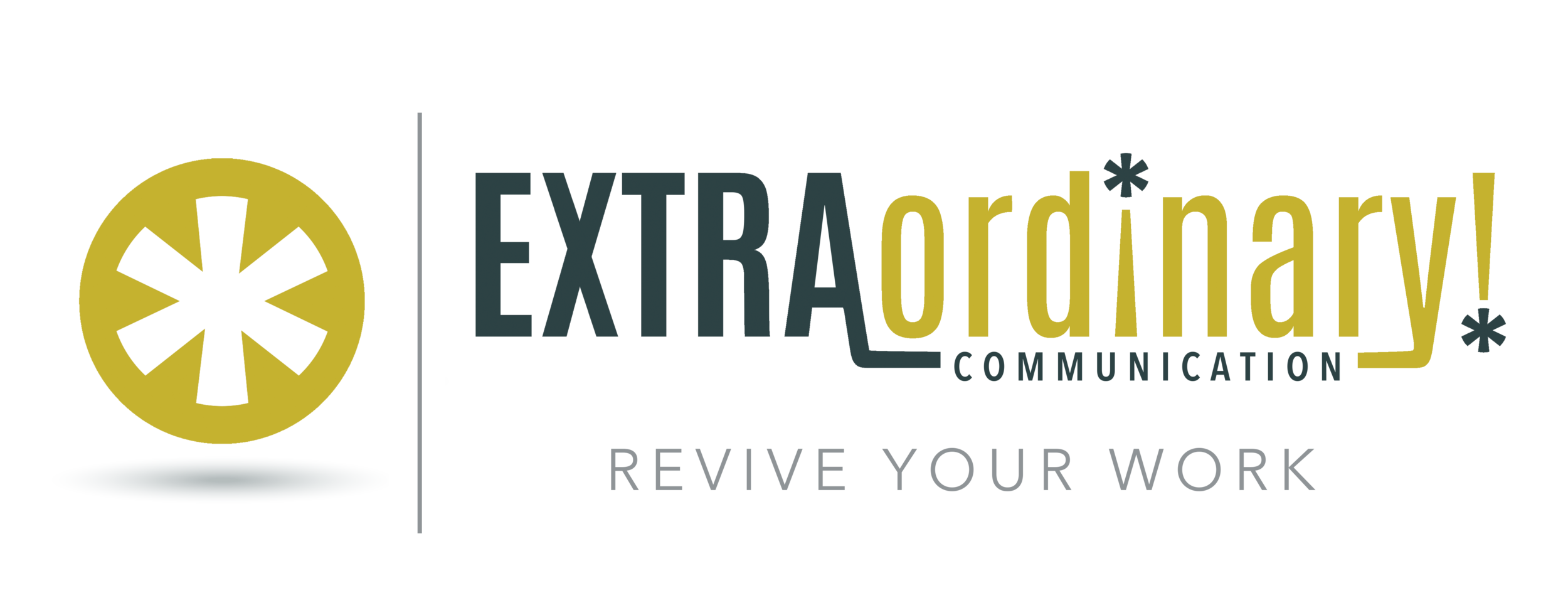E-couragement: Fix Your Blunder
 “People don’t stop doing business. They just stop doing business with you.” Jeffrey Gitomer
Before kicking off my session at the North American Home Furnishing Association conference titled, Platinum Customer Service, I initiated conversations with a few participants. Shortly after beginning, one particular attendee, Mark Robinson, chimed in with a comment. Being eager to demonstrate my recall from our earlier conversation, I replied, “Strong point Mark. You’re with Sealy, right?” The immediate look of disdain on his face signaled my verbal blunder. I only had a moment to recover in front of a room packed with eager learners.
“People don’t stop doing business. They just stop doing business with you.” Jeffrey Gitomer
Before kicking off my session at the North American Home Furnishing Association conference titled, Platinum Customer Service, I initiated conversations with a few participants. Shortly after beginning, one particular attendee, Mark Robinson, chimed in with a comment. Being eager to demonstrate my recall from our earlier conversation, I replied, “Strong point Mark. You’re with Sealy, right?” The immediate look of disdain on his face signaled my verbal blunder. I only had a moment to recover in front of a room packed with eager learners.
Mark works at Serta. Suggesting he’s with Sealy is like asking a Lowes manager if they’re with Home Depot or a Pepsi executive how they like working at Coke. Company and brand loyalty runs deep with these competitors. As usual, the Universe orchestrated everything perfectly. A portion of our workshop would address winning back customers by delivering an effective apology. This was my opportunity to model that. I stepped towards Mark as if he and I were the only people in the room, and I said:
Mark, I am sorry. I spoke without thinking and I blew it. I’d like you to have an autographed copy of my book. In the future, I’ll be more careful and certain when referencing your workplace. I hope you’ll forgive me and we can have a great workshop together.
I can’t claim this response as my own. I learned this from Dr. Jennifer Thomas. Jen is co-author of When Sorry Isn’t Enough. We’ve taken her research into the workplace, helping our clients transform customer complaints into loyalty experiences by applying a well-crafted apology. Pulling from Jen’s book, here’s the five-step process of an effective apology:
- Express Regret: Use the words “I am sorry.” Focus on what you did or failed to do and how it affected the other person.
- Accept Responsibility: Be willing to say, “We were wrong.” This helps convince the customer that your apology is sincere.
- Make Restitution: Do everything possible to make it right. Without your effort to make amends, the apology won’t succeed in rebuilding your customer’s trust.
- Retool Your Plan: Share your intention to change. This reinforces that you mean what you say.
- Request Forgiveness: Articulate that you want to see the relationship with your customer fully restored.
This process is not a tool for manipulation, rather a skillful and heartfelt method to repair a relationship with your customer. It worked for me. Days after returning from the conference, I received a Facebook friend request from Mark. He posted this note:
Morning Rich. Wanted to say thanks again for the great session earlier this week at NAHFA in Phoenix. Awesome combination of serious and funny...well done keeping everyone engaged! As for the copy of your book that I "earned," I started it last night and took a few key points from it already that I plan to use and share with colleagues.
Relationship restored. Sweet.
Leave your comments: How have you used an effective apology to salvage a customer relationship?
